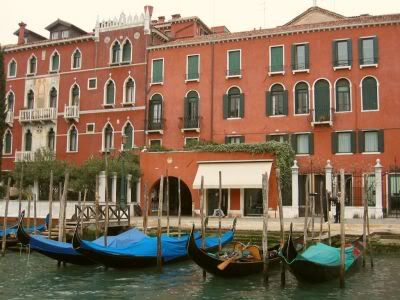
Before embarking on the sights, taking a ride along the Grand Canal, is by far the best introduction to the city. One can board on the vaporetti, or water buses and enjoy the water-borne eccentricities of Venetian daily life. A 24-hour tourist ticket is only Euro 10.50.

Venice is famous for its canals and gondolas. In the old center, the canals serve the function of roads, and every form of transport is on water or on foot. In the 19th century, a causeway to the mainland brought a railroad station to Venice.
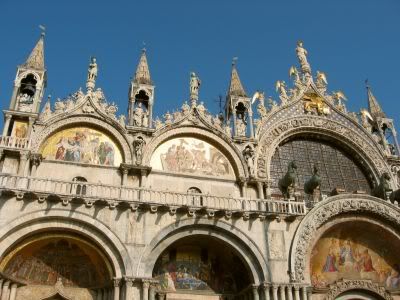
Basilica di San Marco, a superb example of the Romanesque-Byzantine style was built to house the body of the St Mark the Evangelist. The facade features portals decorated in splendid marbles and mosaics.
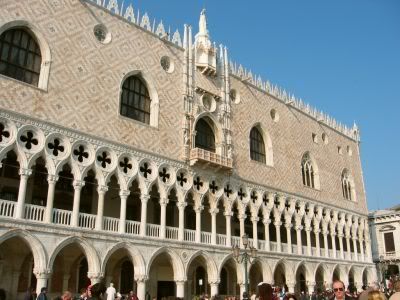
The Palazzo Ducale was home for almost a thousand years not only to Venice's ruling doges, secret police and principal law courts, but also to its municipal prisons, torture chambers, and many of the city's myriad administrative institutions.
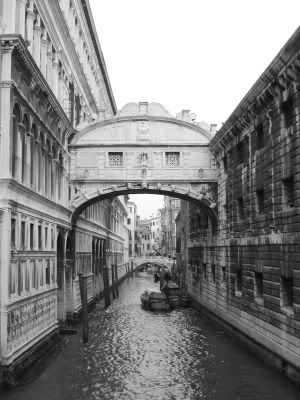
Ponte dei Sospiri (the Bridge of Sigh) was constructed with two internal passageways. The bridge leads to the New and Old Prisons. The name comes from the suggestion that prisoners would sigh at their final view of beautiful Venice out the window before being taken down to their cells.
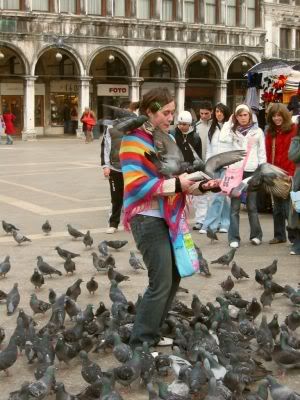
A tourist flinched under an onslaught of hungry pigeons in the Piazza San Marco.
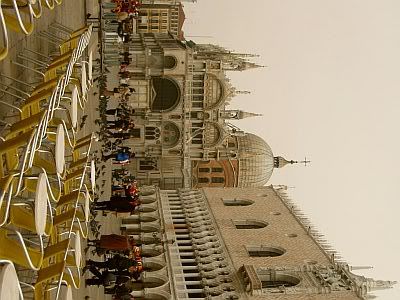
St Mark's Square is called a piazza and not a campo to distinguish it from the other squares and to emphasis its singular beauty - it is quite unique as a place for strolling about in and as a gathering place. Be warned that cafes here are the most expensive in the city.
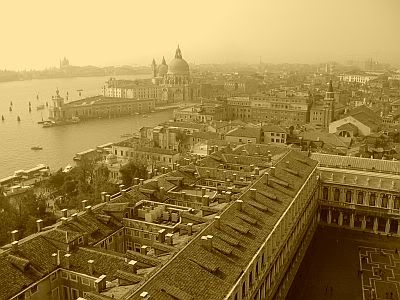
The Campanile, Venice's tallest building at 323 feet, offers one of Europe's most entrancing viewpoints. When it was first built around 912, it had three different purposes.
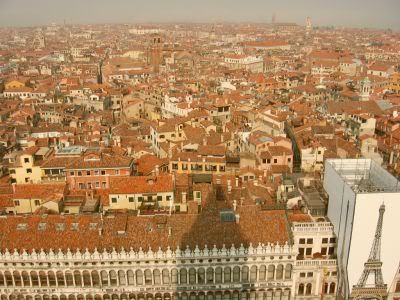
To act as a bell tower for the Basilica, to provide a lookout for the harbour below, and to serve as a lighthouse for ships at sea. Lashed by wind and rain, corroded by salt water, and struck repeatedly by lightning, the tower became ever weaker. Finally, it collapsed on July 14th, 1902, but fortunately no one was killed in that disaster. Within hours the city council vowed to rebuild the tower, which was realized ten years later in 1912.
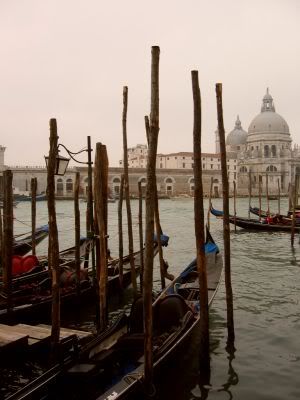
Perched at the mouth of the Grand Canal, the great white-domed Santa Maria della Salute has occupied a pivotal point on the Venetian skyline for more than 350 years.
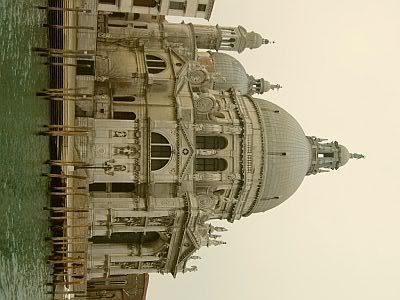
The 17th century church is dedicated to Our Lady of Good Health. It was constructed after Venice had been freed of the plague (that has claimed more than 45,000 lives), and begun by B. Longhena who did not live to see it completed.
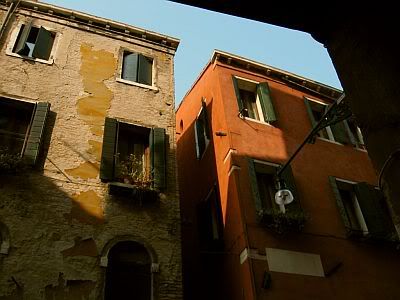
Venice's greatest attraction is Venice itself. Allow yourself plenty of time simply to wander and get lost in its magical labyrinth. Don't miss the opportunity to savour the gelato - oh, my favorite coconut gelato.
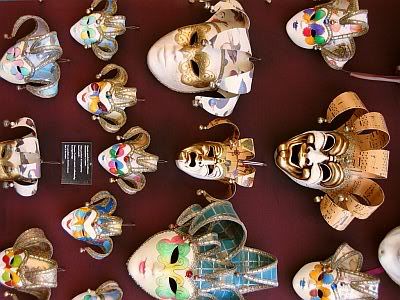
Masks were banned in Venice under Mussolini, but they have been made and sold in shops across the city since the revival of the Carnivale in 1979.
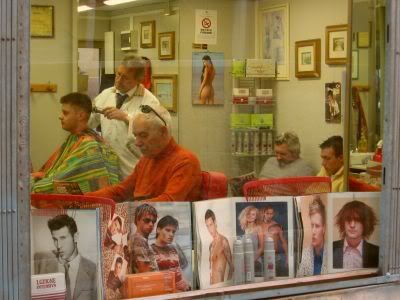
There are also places for a perfect haircut. Venetian style ?
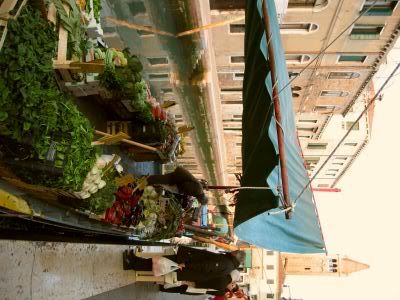
Cannaregio is the part of Venice where you can purchase vegetables and fruits off a boat.
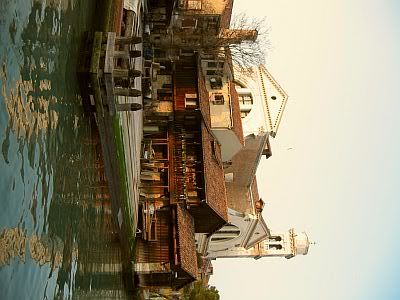
A characteristic old boatyard dating from the 17th century, it is one of the last traditional squeri still working in Venice. Squero di San Trovaso was once used for the building of all kinds of boats, but today it is used especially for repairing and building gondolas.

Some of the greatest of Venice's paintings are gathered in the Gallerie dell'Accademia, founded in 1750 as an academy of the arts.
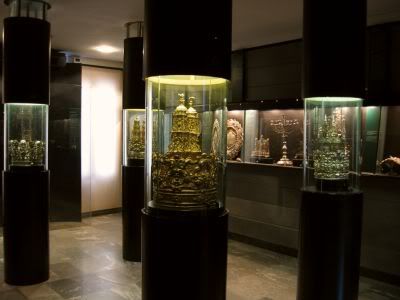
The Jewish Museum, which is accessed through Ghetto Nuovo, is a small but very rich museum with many exemplars of the goldsmith's and textile arts dating between the 16th and 19th century, evidence of the Jewish tradition.
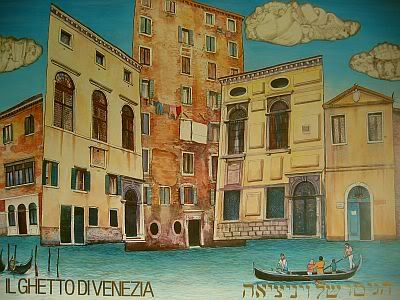
The Ghetto was instituted by the Venetian Republic in 1516 as a compulsory place of residence for Jews.
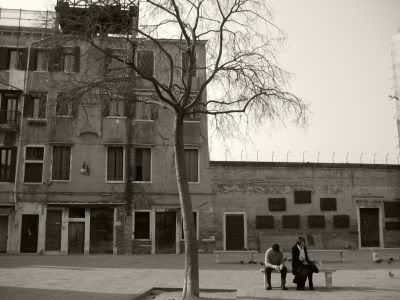
The word itself, ghetto, seems to have originated in Venice : the term derives from the contortion of the work geto ('to throw' as a synonym for 'to cast'), refering to the foundries that were located here in early times.

The gondola is usually propelled by one or two oarsmen (known as gondoliers). Gondolas are hand-built out of eight different types of wood - lime, larch, oak, fir, cherry, walnut, elm and mahogony. They are customarily painted black.
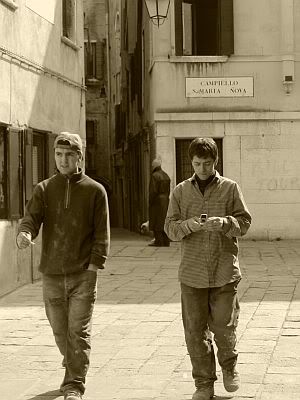
If it weren't for the city's university students, Venice's streets would be empty after dinnertime. The city is not known for having a stellar nightlife. Most discos and movie theaters are on the mainland, which is within easy reach via train.
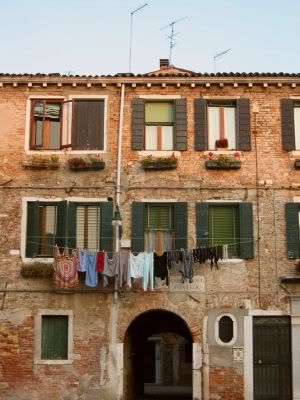
The village-like feel of Dorsoduro is particularly poignant in the evening when locals come out to catch up on the day’s happenings. Don’t expect many signs of tourists. After the late Italian dinner hour, this part of town shuts down for the night.
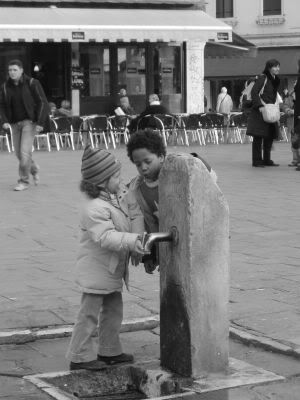
Campo Santa Margherita (located in Dursoduro) is a real people's platz. In the afternoon, when all the local kids come out to play, it takes on a special, living air.
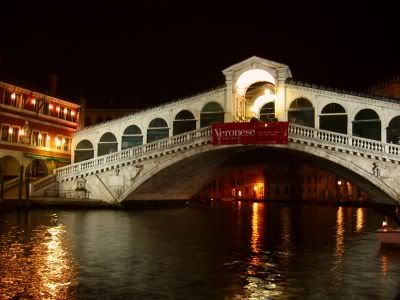
Completed in the 16th century, Ponte di Rialto, a stone bridge on wood piling was built to replace a wooden bridge and an earlier pontoon bridge that once was the only link between the two banks of the Grand Canal.
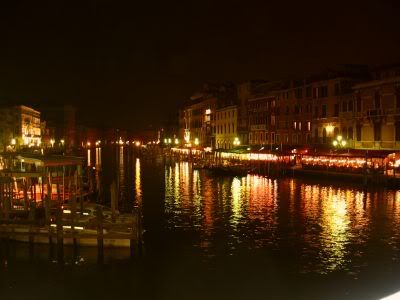
Everywhere you look in Venice there's an archetypal romantic scene. Venice may be a fairy tale, but it may not necessarily be a fairy tale with a happy ending. It may no longer be sinking, but its position still makes it a constant prey to floods, and the corrosion effects of salt water and airborne pollution from factories on the mainland. Depopulation is also a problem - as in the sense that the number of visitors are more than the city can sustain.

2 comments:
wow...
nice and lovely...
love all the bird's eye view
venice is another nice place in italy for leisure visit. in fact, i enjoyed my 8-day stay in italy very much. the weather was good. in venice, it was slightly foggy but at least no rain. and i am quite happy with the pictures that i have taken. it could have been better if i have had gone to torcello. and if i have hadn't catch a cold during my trip in venice while riding the vaporetti.
Post a Comment